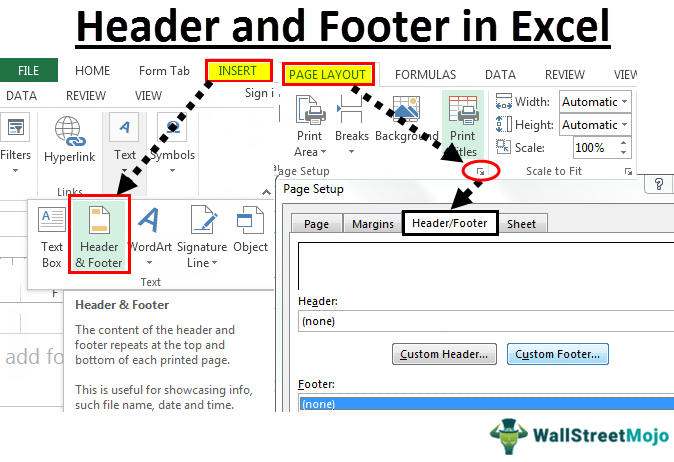

That would loop through all columns of your table, repeating your copy and paste actions for each header in your table. Worksheets("Employee Assignments").Range("Table2," & h.Value & "]").Copy Set t = Worksheets("Employee Assignments").ListObjects("Table2") If you wanted to go a more dynamic route you could use something like Dim oRng As Range So from your example you'd get Dim oRng As RangeĮach time oRng is set to the cell below the last cell used in Column 1 of your "Supervisor Listing" sheet before your new Employee values are pasted, then oRng is referenced as a start cell and the header is pasted directly to the right with respect to the size of the range just pasted. Cells(Rows.Count, 1).End(xlUp)).Offset(0, 1).PasteSpecial xlPasteFormats Cells(Rows.Count, 1).End(xlUp)).Offset(0, 1).PasteSpecial xlPasteValues Set oRng = Worksheets("Supervisor Listing").Cells(Rows.Count, 1).End(xlUp).Offset(1, 0)Īnd then after you paste the values, define the range of values you've just pasted and paste right next to it With Worksheets("Supervisor Listing") You could initialize a range variable to hold the start of your output range Dim oRng As Range Worksheets("Employee Assignments").Range("Table2,]").Copy With Worksheets("Supervisor Listing").Cells(Rows.Count, 1).End(xlUp).Offset(1, 0)


#How to make headers in excel 2016 code#
Presently my code works, however my concern is with copying and pasting the column headers from the first table into the second table. I need to transpose this information into a second table: This table is only two columns wide: Column A contains a list of ALL the employees, and Column B contains the name of their assigned supervisor. 14 rows, each containing the name of an employee assigned to that supervisor. 12 columns wide, one column for each supervisor. Or, create formulas that use structured referencing, instead of cell references.I have a table, which contains employee assignments: Each column header is the names of their supervisor the rows underneath are the names of the employees assigned to that person.įor example, my table is approx. Even though the filter arrows are gone, you can add a Table Style, and show Banded Rows.
#How to make headers in excel 2016 how to#
How To Split A Worksheet Into Windows In Excel 2016 Dummies. New Formulas And Functions In Excel 2016 Dummies. How To Create A Two Variable Data Table In Excel 2016 Dummies. Just remember to stack the tables, instead of placing them side by side. Follow These Easy Steps To Create A Pivot Table In Microsoft Excel 2016 Excel Pivot Table Microsoft Excel Tutorial. Depending on the desired location, click the left, center, or right footer box, and type some. On the Design tab, click Go to Footer or scroll down to the footer boxes at the bottom of the page. I use this feature occasionally, when creating small tables on a summary sheet. On the Insert tab, in the Text group and click the Header & Footer button. You can even create more than one Excel table on a worksheet, and have a separate filter on each table. Most of the time, this is a welcome feature, and the arrows make it easy to sort and filter the columns. When you create an Excel Table in Excel 2007 or Excel 2010, autofilter arrows are automatically added to the heading cells. Thanks Lee! Here’s how to turn off filters in Excel table headings. On the Contextures page on Facebook, Lee suggested AutoFilters as a topic for some February posts. Now that the 30 Excel Functions in 30 Days challenge has ended, it’s time to look at a few other features.


 0 kommentar(er)
0 kommentar(er)
